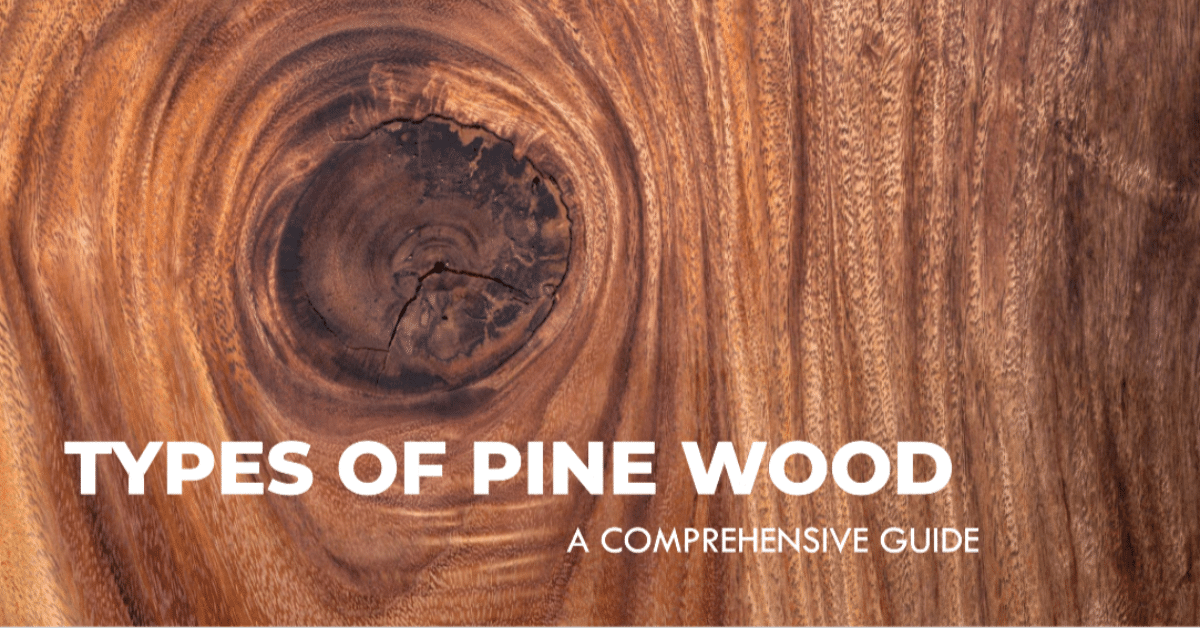Pine, with its distinctive grain patterns, durability, & versatility, has been a cherished wood for centuries. Derived from various species within the Pinus genus, each species possesses unique characteristics that make it suitable for many applications. This comprehensive guide delves into the rich tapestry of different types of pine wood, exploring their characteristics, uses, and aesthetic appeal.
20 Popular Types of Pine Wood & Their Uses
1. Eastern White Pine (Pinus Strobus)

It is a magnificent soft pine species characterized by its towering height, often reaching 80 to 100 feet, and a straight trunk adorned with distinctive gray-brown bark. Native to eastern North America, it thrives in environments, from the moist soils of river valleys to well-drained uplands.
Its flexible needles, arranged in five clusters, boast a delicate green hue, creating a visually appealing crown. Known for its historical significance, it is widely used, in construction and ornamental landscaping to musical instruments, embodying both natural beauty & practical utility.
2. Southern Yellow Pine (Pinus Palustris)

Southern Yellow Pine is favored in construction for framing, decking, and outdoor furniture. Found in the southeastern United States, this species thrives in well-drained soils. Its distinctive long needles, bundled in three clusters, adorn the tree, while its tall and straight trunk can reach heights of 100 feet or more.
One of the notable characteristics is its impressive growth rate, allowing it to reach maturity relatively quickly compared to other major species. This rapid growth contributes to its widespread availability and cost-effectiveness.
3. Ponderosa Pine (Pinus Ponderosa)
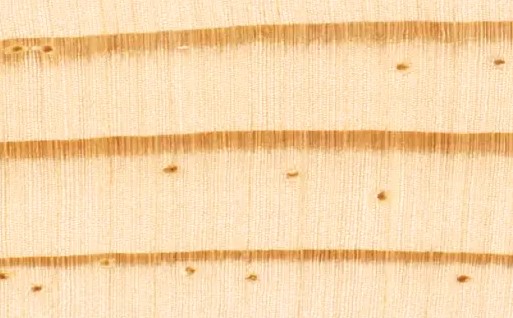
With a straight, tall trunk and distinct orange-brown bark that exfoliates in puzzle-like plates, it reaches up to 200 feet. Local to western North America, it thrives in a variety of environments, from mountainous regions to drier plains. The wood of Ponderosa is prized for its light to reddish-brown color, straight grain, & workability, making it a popular choice for furniture, interior finishes, and construction. Moreover, Ponderosa pine trees yield wider and knot-free wood compared to Lodgepole Pine due to their larger trunk diameters.
4. Sugar Pine (Pinus Lambertiana)
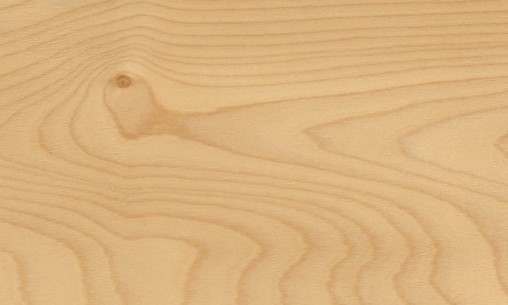
Recognized for its lofty height and distinctive properties its height sometimes surpasses 200 feet, this timber features a straight trunk adorned with reddish-brown bark and long, slender needles grouped in clusters of five. Native to the western United States, Sugar Pine thrives in mountainous regions with well-drained soils.
The wood, characterized by its light color and fine grain, is sought after for its workability and aesthetic appeal. Moreover, it is often utilized in cabinetry, paneling, and furniture.
5. Western White Pine (Pinus Monticola)
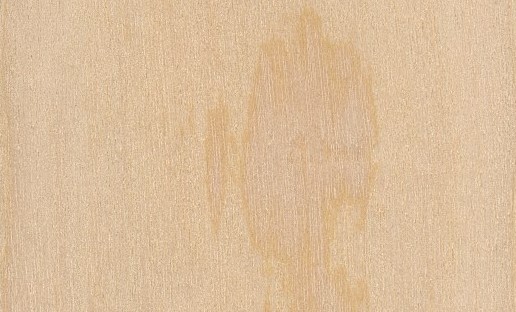
Another type of pine wood is mainly observed in mountainous regions of the western United States and Canada. It thrives in cool, moist climates. The wood is prized for its pale color and fine texture, making it a preferred choice for furniture, millwork, and interior finishes. With its majestic appearance and versatile applications, it contributes to the serene beauty of the diverse landscapes it graces.
6. Loblolly Pine (Pinus Taeda)

It is a stalwart symbol of the southeastern United States, renowned for its robust properties and ecological significance. It boasts a straight trunk adorned with reddish-brown bark, reaching heights of 100 feet or more.
Flourishing in the well-drained soils of the southern pine belt, from Delaware to Florida and west to Texas, Loblolly dominates vast forested landscapes. Its wood, characterized by a light to yellow-brown hue and coarse texture, is prized in construction for framing and as a versatile material in the pulp and paper industry.
7. Longleaf Pine (Pinus Palustris)

Longleaf Pine is one of the most popular types of pine wood, known for its strength and durability. Thriving mostly in sandy soils from Virginia to Texas, it can reach towering heights exceeding 100 feet. The wood boasts a reddish-brown color and fine grain. Builders often choose Longleaf as a construction lumber because of its exceptional quality.
8. Radiata Pine (Pinus Radiate)
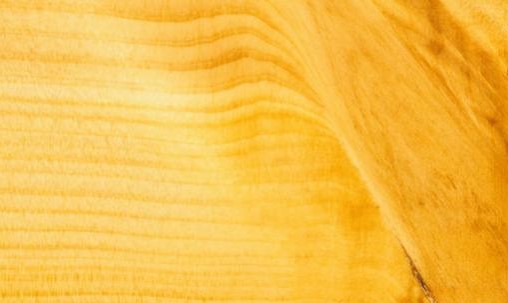
Indigenous to the coastal regions of California, Radiata Pine has been extensively planted worldwide. It is recognized for its straight trunk, impressive heights of 100 feet or more, and distinctive orange-brown bark. The wood exhibits a creamy white to light yellow color, and its fine, even grain contributes to its workability. Moreover, it is commonly used for making window frames, furniture, and plywood.
9. Pitch Pine (Pinus Rigida)
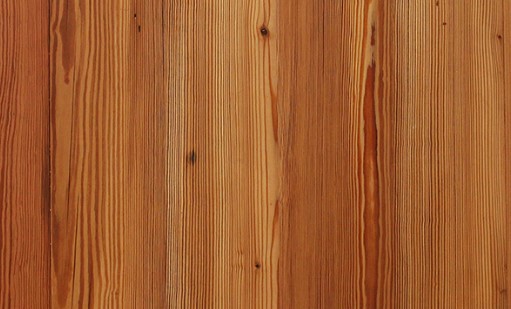
Indigenous to eastern North America, it thrives in habitats, from sandy soils to rocky slopes. Characterized by a robust and irregular crown, the tree can reach heights of up to 100 feet. The heartwood boasts a reddish-brown hue, and its coarse texture contributes to its durability. It is well-suited for flooring, and naval construction.
10. Shortleaf Pine (Pinus echinata)
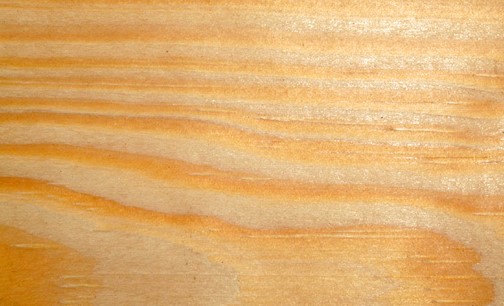
Recognized for its straight trunk and slender needles in clusters of two or three, Shortleaf Pine reaches 100 feet. The heartwood of this species displays a light reddish-brown color and fine grain. With a moderate Janka hardness ranging from 690 to 870 lbf, it is favored in construction for various applications, including flooring and woodworking projects.
11. Jack Pine (Pinus Banksiana)
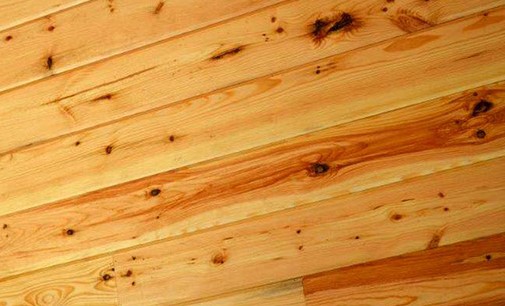
With a modest height of around 50 feet, Jack is one of the most popular types of pine wood, it boasts a twisted trunk and short needles in pairs. The wood of Jack Pine, featuring a light reddish-brown hue, is characterized by a coarse texture. Although not typically employed for fine woodworking due to its lower Janka hardness, ranging from 480 to 600 lbf, it finds utility in construction for rough lumber and pulpwood.
12. Limber Pine (Pinus Flexilis)
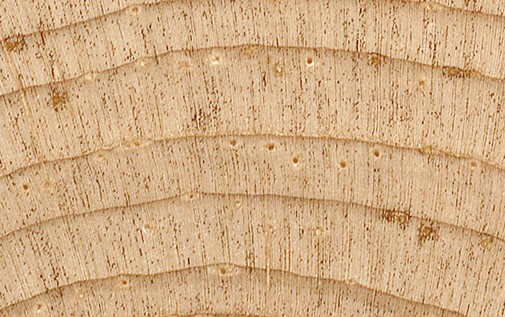
Flourishing in rocky, high-elevation habitats, from the Rocky Mountains to the Sierra Nevada, Limber Pine is known for its distinctive flexibility. With a height reaching 60 feet, it features flexible branches and long needles in five bundles.
The wood exhibits a light to medium brown color and is appreciated for its workability. While not commonly used in construction due to its softer nature, with a Janka hardness ranging from 420 to 560 lbf. It is widely used in crafting applications, such as carving and woodworking, adding a touch of natural beauty to alpine environments.
13. Jeffrey Pine (Pinus Jeffreyi)
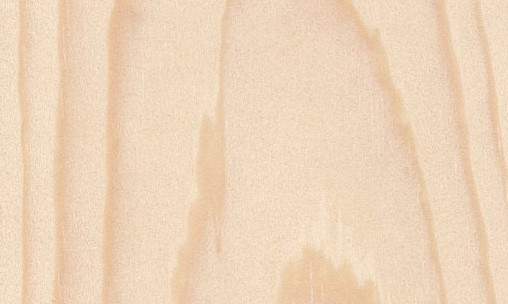
Thriving in well-drained soils from Oregon to Baja California, this conifer boasts a straight trunk, distinctive orange-brown bark with a vanilla or butterscotch scent, and long needles in three bundles. The wood of Jeffrey Pine, displaying a light to reddish-brown color, is valued for its workability. Although not a hardwood, with a Janka hardness ranging from 420 to 590 lbf, moreover it finds applications in carpentry, furniture, and paneling.
14. Slash Pine (Pinus Elliottii)
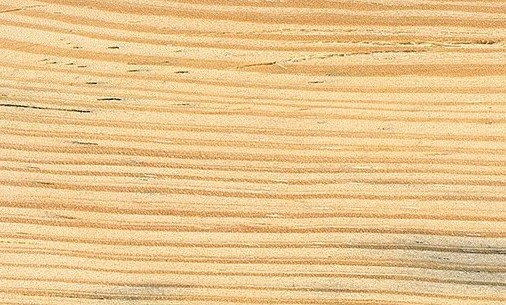
Slash Pine, a prominent conifer in the southeastern United States, thrives in habitats from wetlands to well-drained uplands. With a height exceeding 100 feet, it features a straight trunk and long needles in bundles of two or three.
It displays a light to medium reddish-brown color and is valued for versatility. With a moderate Janka hardness, it is often used in construction for plywood, lumber, and poles.
15. Virginia Pine (Pinus virginiana)

Recognized for its modest height, typically 40 to 60 feet, it boasts a straight trunk and short needles in pairs. The wood features a light to medium brown color and is appreciated for its workability. Virginia Pine is useful in creating lumber, plywood, and pulpwood.
16. Whitebark (Pinus Albicaulis)
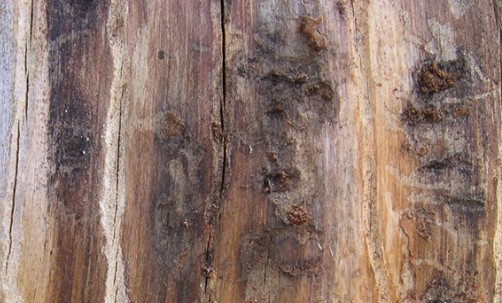
It is a resilient timber that thrives in the high-altitude environments of western North America, ranging from British Columbia to California. With a distinctive appearance, this species can reach heights up to 80 feet, featuring a twisted trunk and short, bundled needles in five clusters.
Whitebark timber, while not commonly used for commercial purposes due to its smaller size, exhibits a light to reddish-brown color. It also plays a vital ecological role, contributing to soil stability and serving as a keystone in alpine ecosystems.
17. Mexican Pine (Pinus pseudostrobus)

Recognized for its impressive height, reaching almost 150 feet, this species features a straight trunk and long needles in five bundles. The wood, with a light to medium brown, is valued for its workability and is used in construction for various purposes, including furniture and flooring. While specific Janka hardness values may vary, Mexican Pine is generally appreciated for its adaptability.
18. Scots Pine (Pinus sylvestris)

Scots Pine is a hardy conifer that adorns landscapes across Europe and Asia, thriving in habitats from lowlands to mountainous terrains. Its distinctive features include a straight trunk, orange-brown bark, and elongated needles in pairs, reaching heights of over 100 feet.
The timber, displaying a light reddish-brown hue and a straight grain, is highly valued for its adaptability and ease of workability. With a Janka hardness spanning from 470 to 710 lbf, it finds utility in construction, carpentry, and furniture crafting.
19. Bristlecone (Pinus longaeva)
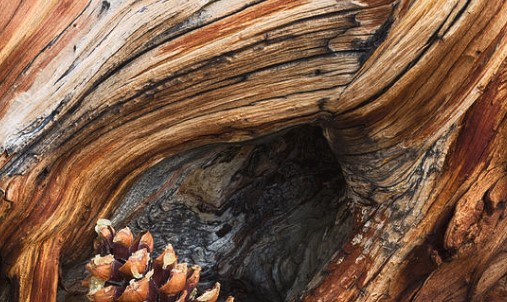
An ancient and tenacious wood, thrives in the harsh and high-altitude environments of the American West, particularly in states like Nevada, Utah, and California. Renowned for its remarkable longevity, some specimens have surpassed 5,000 years, making them some of the oldest living organisms on Earth. Bristlecone Pine’s wood, showcasing a light to medium brown color, is dense & resinous, contributing to its exceptional durability.
20. Pine Beetle-Killed Wood
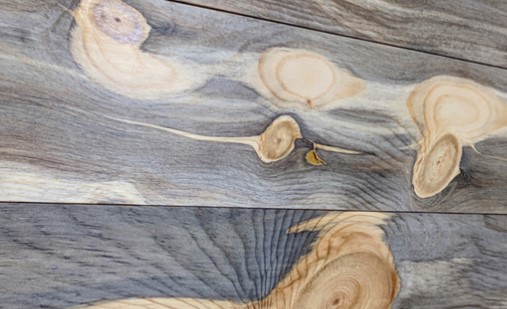
Beetle-killed wood, a consequence of infestations by bark beetles like the mountain pine beetle, presents characteristics influenced by the insect’s impact. Found predominantly in North American coniferous forests, such as those in the Rocky Mountains and the western United States, this wood exhibits a distinct blue-gray discoloration caused by fungal colonization.
While its Janka hardness remains consistent with healthy pine, its structural integrity may be compromised, making it less suitable for certain applications.
What Type of Pine Wood is Best for Your Project?
Once you are familiar with the various types of pine wood available, it’s essential to consider factors such as budget, availability and intended use for your construction projects. Timber Explore turns your search for pine lumber into a fun adventure. It gives you in-depth information about each pine wood variety.
Whether you opt for the soft, easy-to-work-with characteristics of Eastern White Pine or the robust durability of Southern Yellow Pine, your choice should ultimately align with your project goals and craftsmanship standards. By carefully selecting the perfect pine wood type for your woodworking endeavors, you can enhance the aesthetic appeal and structural integrity of your creations.

